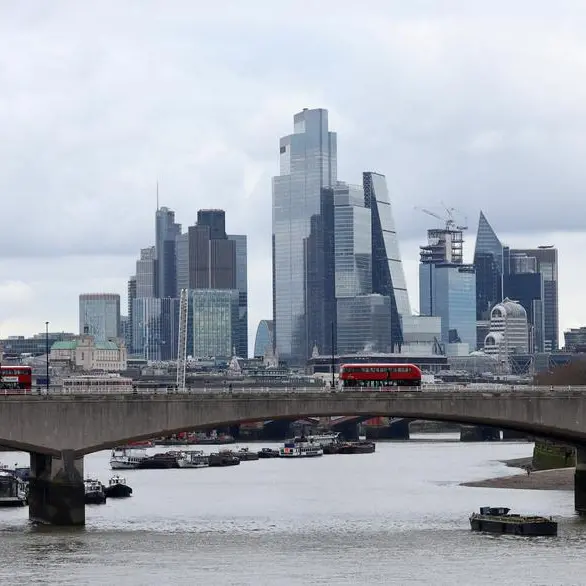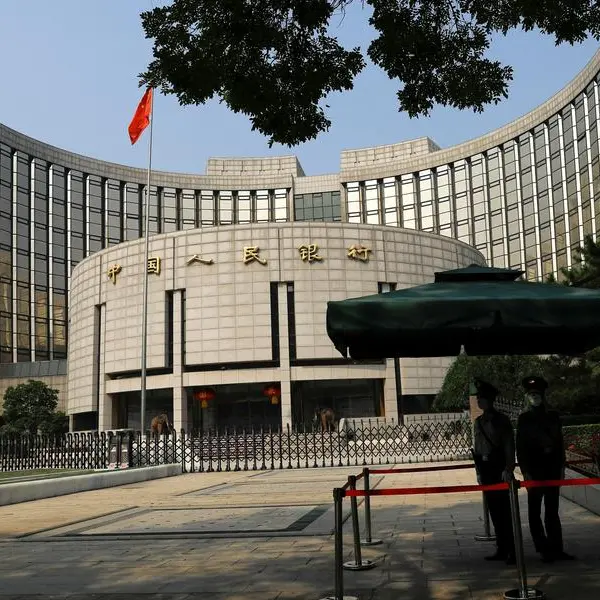PHOTO
WASHINGTON, DC – With inflation cooling and unemployment rising in the United States, investors are betting that the Federal Reserve will cut interest rates. At the time of this writing, market prices imply a less than 2% chance that the Fed will not reduce rates at its policy-setting meeting in September, and even indicate a 7% chance that it will lower rates at the next meeting later this month.
The argument for cutting rates is straightforward. As measured by the consumer price index (CPI), the US experienced no inflation in May and deflation in June. At the same time, the unemployment rate has been trending up since last summer. At 4.1%, it is 70 basis points above its post-pandemic low.
When the unemployment rate goes up a little, it goes up a lot, which is why many believe that the Fed should declare victory in its battle with inflation and begin its cutting cycle. But this view, while reasonable, is mistaken, because it misreads the outlook for inflation and the labor market. The Fed should not cut rates in September, and certainly not this month.
The Fed targets the price index on personal consumption expenditures (PCE), not the CPI. Like CPI inflation, core PCE inflation decelerated in May (June data are not yet available). But using this measure, monthly prices likely grew by around 0.2% in June. According to my calculations, if that pace continues, underlying inflation will be stuck between 2.6% and 3% for the remainder of 2024 – well above the Fed’s 2% target.
In addition to the uncertainty about whether inflation is moving sustainably toward the Fed’s target, the underlying drivers of consumer demand remain strong. Low unemployment is increasing earnings. Average wages have been growing faster than consumer prices for more than a year, boosting households’ purchasing power. Fixed-income flows are robust, and asset-holders have seen an explosion of wealth from housing and equities. All of this will sustain consumer spending, putting upward pressure on prices.
Moreover, following stronger than expected retail sales data for June, the Atlanta Fed’s GDPNow model estimates real economic growth of 2.5% in the second quarter. This rate of growth will arguably put upward pressure on prices.
Yes, the labor market is weakening, but it is still strong. According to my calculations, labor demand continues to outpace labor supply. Job openings are normalizing, but they remain 17% higher than before the pandemic.
This is reflected in wage inflation. Average wages grew by 3.9% in June year on year. While wage inflation (by this measure) has fallen by 80 basis points in the past year, wages are still growing at a rate faster than is consistent with the Fed’s target for consumer-price inflation.
To be sure, the combination of cooling inflation and a softening job market does suggest that a less restrictive policy stance is advisable. But what matters for monetary policy are overall financial conditions, not merely the federal funds rate. Since the Fed’s pivot in November, rising equity prices and falling long-term interest rates and credit spreads have eased financial conditions considerably. Much of the financial tightening caused by the relatively high Fed policy rate has been undone. Markets are doing the Fed’s job for it. Fed Chair Jerome Powell said as much in congressional testimony last week: “It feels like policy is restrictive, but not intensely restrictive.”
Current economic conditions do not indicate that the Fed should begin cutting rates in the next two months. Instead, the implication is more modest: rising unemployment and underlying inflation below 3% suggest that the Fed should start paying attention to both sides of its dual mandate.
It may not be time to cut, but the Fed should be prepared to do so – especially if the labor market takes a dramatic turn for the worse, or if the next two PCE readings show clear evidence that underlying inflation is moving sustainably toward the Fed’s target. But the risk that inflation gets stuck above 2.5% is too great for policymakers to lower rates now.
The Fed has entered the last mile of its fight against inflation. With its credibility at stake, it must not flinch before it reaches the finish line.
Michael R. Strain, Director of Economic Policy Studies at the American Enterprise Institute, is the author, most recently, of The American Dream Is Not Dead (But Populism Could Kill It) (Templeton Press, 2020).
Copyright: Project Syndicate, 2024.
www.project-syndicate.org























